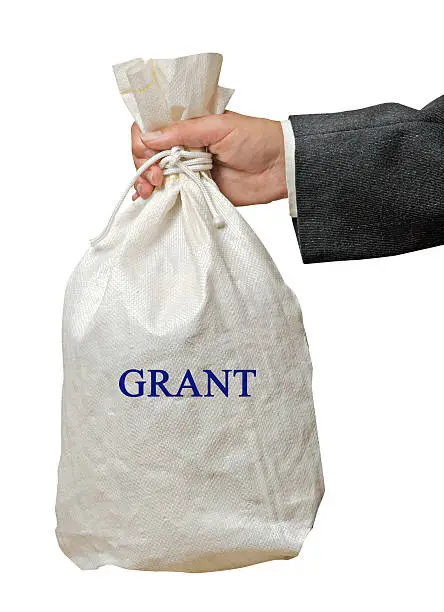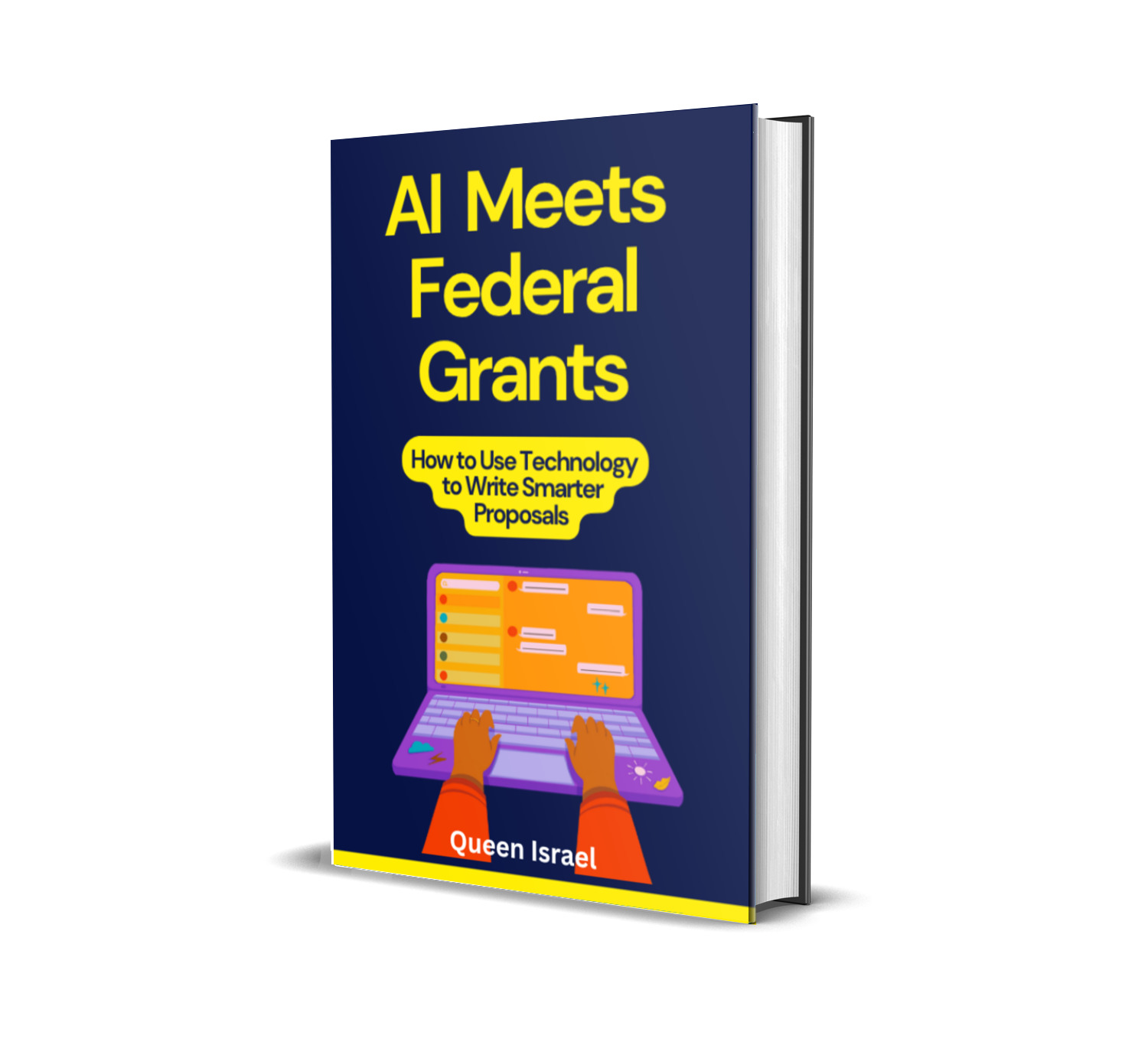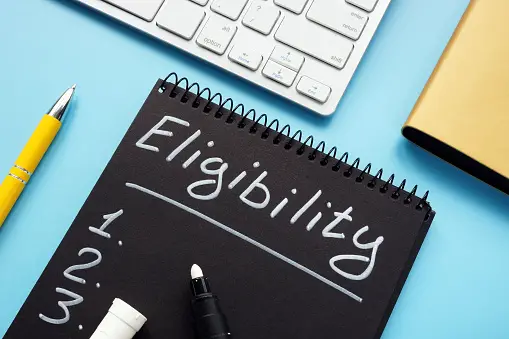Seed Grants for Nonprofits are an essential funding tool that helps nonprofits jumpstart innovative projects, build capacity, and create lasting social impact.
In today’s competitive funding landscape, securing that initial capital—often through seed grants—can be the catalyst for transformative change.
Seed grants are small-scale funding awards designed to support the initial phase of a project or program. They help organizations test innovative ideas, conduct feasibility studies, and build the infrastructure needed to scale up operations.
Unlike large operating grants, seed grants typically provide modest amounts of money—often ranging from a few hundred to several thousand dollars—to cover early-stage expenses such as planning, research, community outreach, and capacity building.
Key Features of Seed Grants
- Initial Funding: Designed to kickstart new projects.
- Capacity Building: Supports planning, research, and early operations.
- Proof of Concept: Allows nonprofits to test innovative ideas before seeking larger grants.
- Flexibility: Often provided as unrestricted funds, giving organizations the freedom to allocate resources where they’re needed most.
These grants play a crucial role in reducing risk for both funders and grantees. For nonprofits, the seed money can lead to demonstrable outcomes that pave the way for future, larger-scale funding.
Why Are Seed Grants So Important for Nonprofits?
Every nonprofit starts as an idea, but transforming that idea into a successful, sustainable program requires resources and planning. Seed grants help bridge the gap between concept and execution by providing:
- Financial Support for Early-Stage Costs: Covering expenses like market research, program development, and staff training.
- Validation and Credibility: Winning a seed grant can serve as a vote of confidence that makes it easier to secure additional funding.
- Increased Visibility: Seed-funded projects often attract media attention and community support, creating opportunities for partnerships.
- Strategic Growth: With the right seed funding, nonprofits can build the foundation for long-term growth and scale their impact.
According to various reports, organizations that secure seed grants tend to have higher success rates when applying for subsequent, larger grants. The early proof of concept enabled by seed grants not only helps validate the project but also refines the organization’s grant writing and operational strategies.
How to Write a Winning Seed Grant Proposal
Crafting a compelling proposal for a seed grant is both an art and a science. Here are some practical tips and templates to help you write a proposal that stands out:
1. Start with a Powerful Executive Summary
Begin your proposal with a clear and concise executive summary that outlines your mission, the problem you’re addressing, and how your project will create measurable impact. Be sure to include:
- Your nonprofit’s background and mission.
- A description of the innovative idea or pilot project.
- The specific amount of funding requested.
- Expected outcomes and how they align with the funder’s priorities.
2. Clearly Define the Problem
Explain the issue your project aims to solve. Use data and statistics to illustrate the scope of the problem. For example, you might say:
“In our community, over 40% of at-risk youth lack access to after-school educational programs, which contributes to low graduation rates and limited economic opportunities.”
3. Outline Your Proposed Solution
Detail your project plan, including the steps you will take to address the problem. Break down the project into phases and include a timeline. Emphasize innovation and sustainability. Make sure your proposal is written in plain language so that anyone—regardless of their background—can understand your vision.
4. Develop a Realistic Budget
Provide a detailed budget that clearly itemizes how every dollar of the seed grant will be spent. Explain each cost and justify why it is necessary for the success of the project. This transparency builds trust with potential funders.
5. Demonstrate Your Organization’s Capacity
Showcase your team’s expertise and track record. Include bios of key staff, success stories from past projects, and any partnerships that strengthen your proposal. Funders want to know that you have the capacity to execute your plan.
6. Include Metrics and Evaluation Methods
Outline how you will measure the success of your project. Define clear, quantifiable metrics and describe the evaluation methods you will use. For example, you might track the number of participants, improvements in graduation rates, or community feedback.
7. Write Clearly and Persuasively
Use a conversational yet professional tone. Highlight common keywords like nonprofit, seed grants, funding, grant writing, tips, and tools to emphasize your focus. Make your proposal engaging and easy to read.
8. Edit and Get Feedback
Before submitting, have your proposal reviewed by colleagues or mentors. Fresh eyes can catch errors and offer suggestions to improve clarity and impact.
For more detailed strategies and customizable proposal templates, subscribe to the Grant Writing Academy Newsletter. You’ll receive expert tips, real-life examples, and downloadable resources that can help you perfect your proposal and secure the funding you need.
10 Organizations Awarding Seed Grants for Nonprofits
Here are 10 leading organizations that offer seed grants to help nonprofits get off the ground:
1. Rotary Charities
Rotary Charities offers seed grants that focus on capacity building, community asset development, and systems change. Their seed grants provide modest financial support for the planning stages of projects that have the potential for large-scale impact.
Learn more: Rotary Charities Seed Grants
2. Crossroads Fund Seed Fund
The Crossroads Fund supports both long-established and emerging community-based organizations through its Seed Fund program. Grants typically cover general operating expenses and startup costs, with awards reaching up to $15,000.
Learn more: Crossroads Fund Seed Fund
3. The Pollination Project
The Pollination Project is dedicated to nurturing early-stage social change projects. It awards 365 seed grants annually—one for each day of the year—usually around $1,000, helping grassroots organizations launch their initiatives.
Learn more: The Pollination Project
4. The Awesome Foundation
The Awesome Foundation offers micro-grants designed to empower creative and community-driven projects. Their simple application process and focus on innovation make them a popular source of seed funding for nonprofits and community groups alike.
Learn more: The Awesome Foundation (general knowledge)
5. Skees Family Foundation
The Skees Family Foundation provides multi-year seed grants with increasing funding levels over time. Their program is designed to support small organizations with annual budgets of less than $250,000, offering grants of $2,500 in year one, $5,000 in year two, and $7,500 in year three if benchmarks are met.
Learn more: Skees Family Foundation Seed Grants
6. Thrive Philanthropy Seed Grants
Thrive Philanthropy offers the Thrive Seed Grant, which ranges up to $5,000 USD. Geared toward new or small-scale organizations (primarily outside the USA), these grants help launch projects that create just, sustainable, and impactful community initiatives.
Learn more: Thrive Seed Grant
7. Grassroots Fund Seed Grants
Managed by the NH Center for Nonprofits, the Grassroots Fund Seed Grants program is designed for community groups launching new projects or pivoting existing ones. With grant amounts typically between $500 and $1,000, these awards help foster local innovation and impact.
Learn more: Grassroots Fund Seed Grants
8. Rufford Small Grants Foundation
The Rufford Foundation’s Small Grants program supports nature conservation projects in developing countries. These seed grants typically range up to £25,000 and are designed for pilot projects that conserve biodiversity and promote sustainable practices.
Learn more: Rufford Foundation
9. The Sprout Fund
Based in Pittsburgh, The Sprout Fund provides the Sprout Seed Awards to support innovative civic projects and community engagement initiatives. Their grants are tailored for early-stage projects that enhance public art, civic participation, and community well-being.
Learn more: The Sprout Fund
10. The/Nudge Institute
Formerly known as The/Nudge Foundation, The/Nudge Institute is an Indian nonprofit that provides seed funding through its incubator program. Their grants, which often include both financial support and mentorship, help early-stage social enterprises create sustainable livelihoods and drive systemic change.
Learn more: The/Nudge Institute
Real-World Success Stories: How Seed Grants Have Made a Difference
To put the power of seed grants into perspective, let’s look at some real-world examples:
Case Study 1: A Community Arts Initiative
A local arts organization applied for a seed grant from Rotary Charities. With the funding, they hosted community art workshops that engaged over 300 participants. This initial success not only boosted local interest in the arts but also attracted further funding from private donors and larger foundations. The seed grant enabled them to prove their concept and scale their programs within a year.
Case Study 2: Youth Education and Empowerment
An emerging nonprofit focused on after-school programs for at-risk youth secured a $1,000 seed grant from The Pollination Project. This modest award helped cover the costs of initial curriculum development and volunteer training. Within six months, the program saw a 25% improvement in school attendance among its participants, which was later used as leverage for securing additional funding from state agencies.
Case Study 3: Environmental Conservation
A small conservation group working in a developing country received a seed grant from the Rufford Small Grants Foundation. The funding was used to launch a pilot project for reforestation and community education on sustainable farming practices. The project’s early success led to a significant expansion of the program, drawing attention from international donors and government bodies.
These examples illustrate how seed grants can serve as the cornerstone for larger-scale social impact. They not only provide the necessary funds but also validate the projects, making it easier to attract future investments.
Overcoming Common Challenges in Seed Grant Applications
While seed grants offer tremendous opportunities, the application process can sometimes feel overwhelming. Here are some common challenges and how to overcome them:
a) Limited Resources and Expertise
Many new nonprofits lack the internal capacity to devote significant time and money to grant writing.
Solution:
- Leverage templates and tools provided by organizations like Grant Writing Academy.
- Partner with local grant writers or volunteers who have experience in drafting successful proposals.
- Attend webinars and workshops to build your internal expertise.
b) Fierce Competition
Seed grants are often highly competitive, with many organizations vying for limited funds.
Solution:
- Ensure your proposal clearly articulates your unique value proposition and innovative approach.
- Use data and clear metrics to show the potential impact of your project.
- Highlight any pilot data or early successes that can serve as evidence of your organization’s potential.
c) Balancing Detail with Clarity
It can be challenging to include all necessary details without overwhelming the reader.
Solution:
- Use a clear, conversational tone. Break down complex ideas into simple, digestible sections.
- Incorporate visuals such as charts or infographics to illustrate key points.
- Use bullet points and numbered lists to organize information logically.
d) Limited Feedback
Receiving constructive feedback is crucial, yet many organizations struggle to get it on time.
Solution:
- Network with other nonprofits or join peer review groups to get feedback on your proposals.
- Consider hiring a consultant or using online platforms where grant proposals can be critiqued.
- Always ask for feedback from funders, even if you aren’t selected, to improve future applications.
Tips for Enhancing Your Seed Grant Application Success
Here are some final, actionable tips to increase your odds of securing a seed grant:
- Research Extensively: Understand the priorities and criteria of each funder. Customize your proposal to show how your project aligns with their mission.
- Be Concise but Comprehensive: Provide enough detail to demonstrate thorough planning, but avoid unnecessary jargon.
- Show Your Passion: Let your organization’s passion and commitment shine through your writing. Funders invest in people as much as in ideas.
- Plan for Sustainability: Explain how the seed grant will be a stepping stone to future funding. Detail your strategy for scaling up and measuring success.
- Proofread and Revise: Ensure your proposal is free from errors and is professionally presented. A polished proposal makes a strong first impression.
- Use Success Metrics: Clearly outline how you will measure the impact of your project. Data-driven proposals are more persuasive.
- Seek Professional Advice: Consider getting a mentor or consultant with experience in grant writing to review your application before submission.
For more detailed strategies, exclusive templates, and additional resources, subscribe to the Grant Writing Academy Newsletter. It’s your go-to resource for tips, templates, and tools that can dramatically enhance your success rates.
Conclusion
Seed grants are not just about the money—they’re about creating momentum. They help nonprofits test innovative ideas, build essential capacity, and establish credibility in the eyes of larger funders.
Whether you are launching a community art project, an educational initiative for at-risk youth, or a pilot environmental conservation program, seed grants can provide the foundational support you need to succeed.
By understanding the components of a winning seed grant proposal, leveraging the right tools, and learning from organizations that have successfully navigated this process, you can turn your innovative ideas into sustainable, impactful programs.
Remember, every big project starts with a small step. Seed grants are that small step that can lead to enormous change.
Take your first step today by applying these insights to your next seed grant proposal. And don’t forget—subscribe to the Grant Writing Academy Newsletter for ongoing support, expert guidance, and the latest resources to keep your nonprofit on the path to success.






